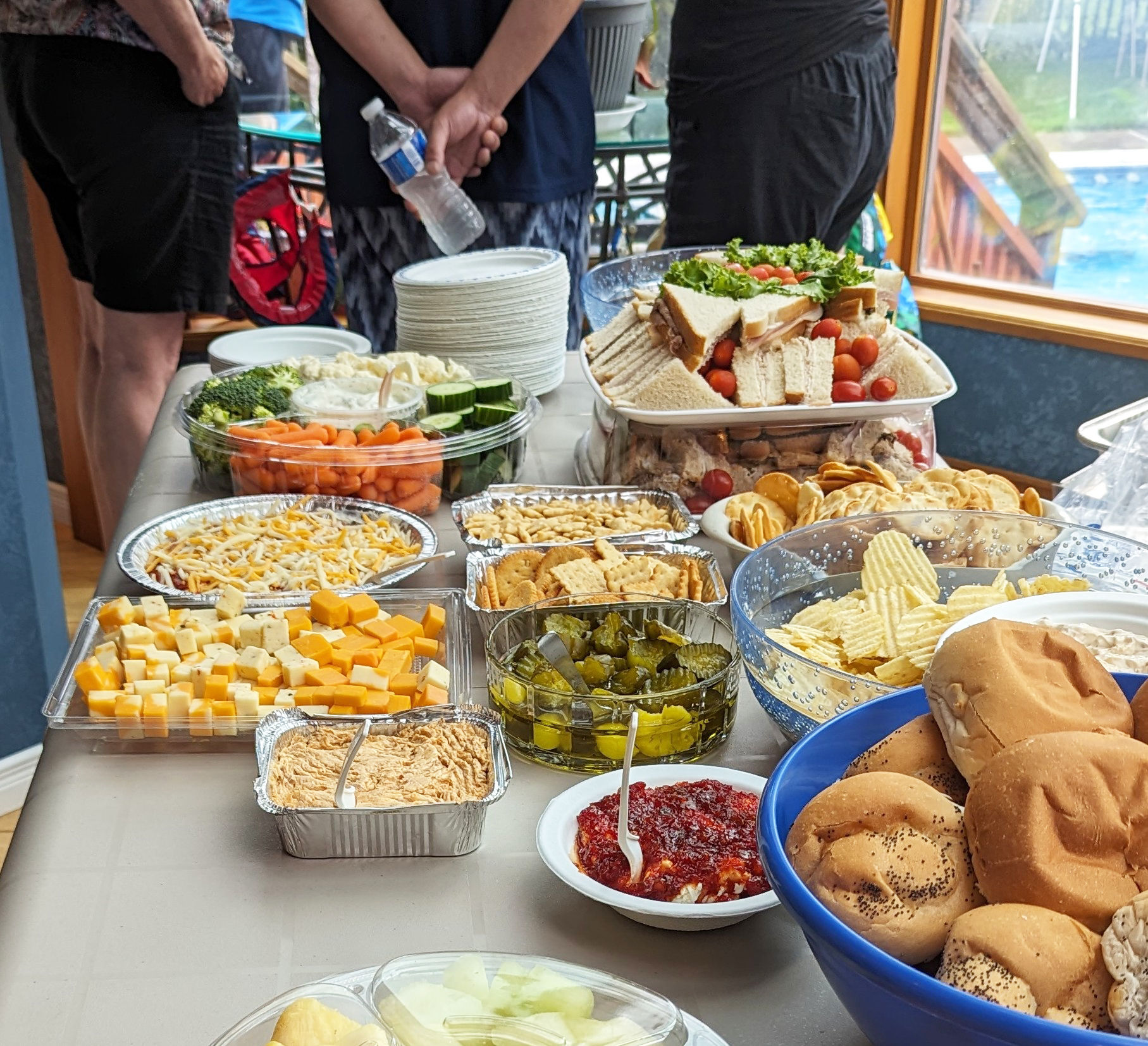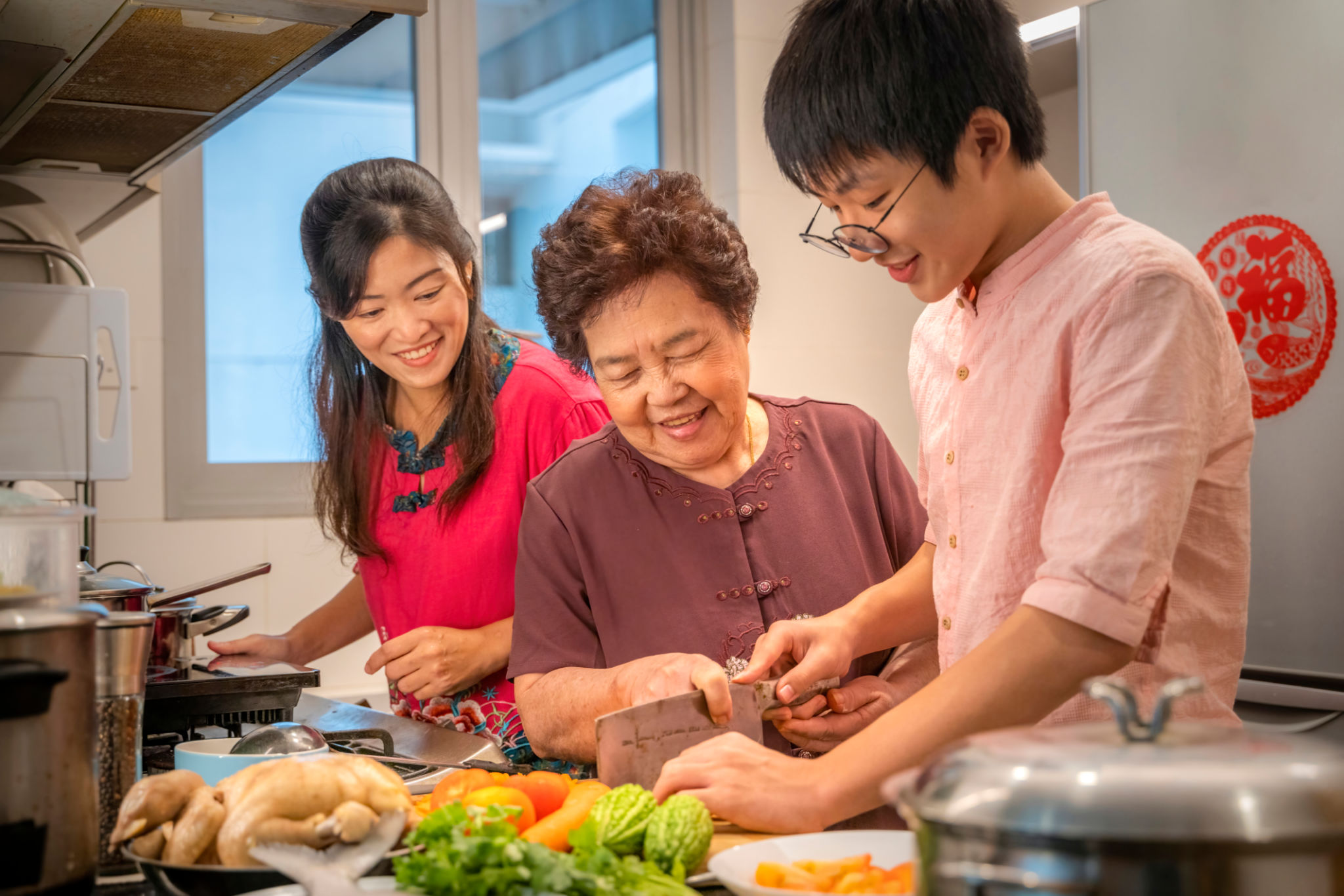DIY Catering Tips for Small Gatherings at Home
Planning Your Menu
Hosting a small gathering at home can be a delightful experience, especially when it comes to catering. The key to a successful DIY catering event is to start with a well-thought-out menu. Consider the dietary preferences and restrictions of your guests. It's important to have a balance between meat, vegetarian, and vegan options. Additionally, think about the seasonality of ingredients to ensure freshness and flavor.
Begin by selecting a few crowd-pleasers that are easy to prepare in advance. Finger foods like sliders, mini quiches, or skewers are perfect for mingling guests. Incorporate a mix of textures and flavors to keep things interesting. A cheese and charcuterie board can serve as an inviting centerpiece, while a selection of dips and spreads adds variety.

Preparation and Timing
Once your menu is finalized, it's time to plan the preparation. One of the most effective ways to manage a DIY catering event is to prepare as much as possible ahead of time. This not only reduces stress on the day of the event but also allows you to enjoy your guests' company.
Consider dishes that can be made a day or two in advance, such as marinated vegetables, pasta salads, or baked goods. Store them in airtight containers to keep them fresh. For hot items, do all the prep work, like chopping and marinating, beforehand and cook them shortly before serving.

Setting Up the Space
The ambiance of your gathering is just as important as the food. Create a warm and inviting atmosphere by arranging furniture to encourage conversation and connection. Use tablecloths, candles, and flowers to enhance the setting. Make sure there's enough space for guests to move around comfortably.
If you have limited space, consider setting up food stations in different areas. This not only helps with crowd flow but also gives guests the opportunity to explore different parts of the menu at their leisure. Ensure that utensils, napkins, and plates are easily accessible at each station.
Serving Tips
The way you serve your food can make a significant difference in your guests' experience. Opt for self-serve options when possible; this allows guests to choose what they wish to eat and how much. Label dishes clearly, especially if they contain common allergens like nuts or dairy.
For cold dishes, use serving platters or bowls that can be kept chilled. Hot items should be served in chafing dishes or slow cookers to maintain their temperature throughout the event. Replenish food as needed to ensure that everything looks appetizing and abundant.

Beverage Selection
No gathering is complete without a selection of beverages. Offer both alcoholic and non-alcoholic options to cater to everyone's preferences. For alcoholic drinks, consider a signature cocktail that complements your menu. Wine and beer are also excellent choices for simplicity.
For non-alcoholic options, provide a variety of juices, sodas, and flavored water. A self-serve beverage station allows guests to help themselves and keeps traffic flowing smoothly at the bar area.
Wrapping Up
As the event winds down, have a plan for leftovers and cleanup. Offer guests takeaway containers so they can enjoy any remaining treats at home. This not only reduces food waste but also provides them with a delightful reminder of the gathering.
Finally, enlist help from friends or family members for cleaning up. With everyone pitching in, you'll find the process much quicker and less daunting. Remember, the goal is to enjoy the time spent with loved ones rather than being overwhelmed by hosting duties.